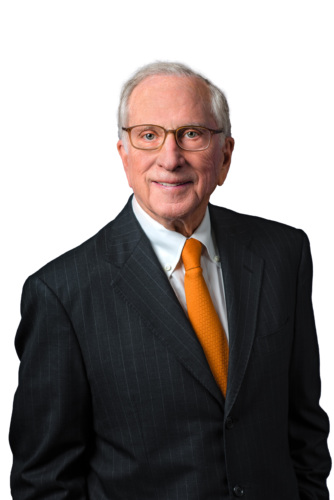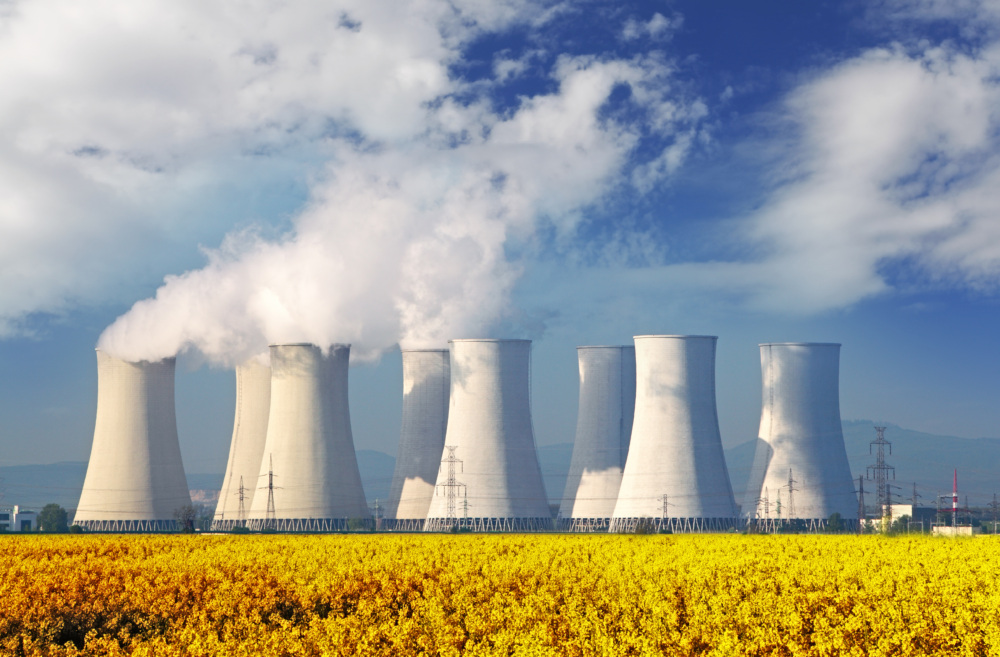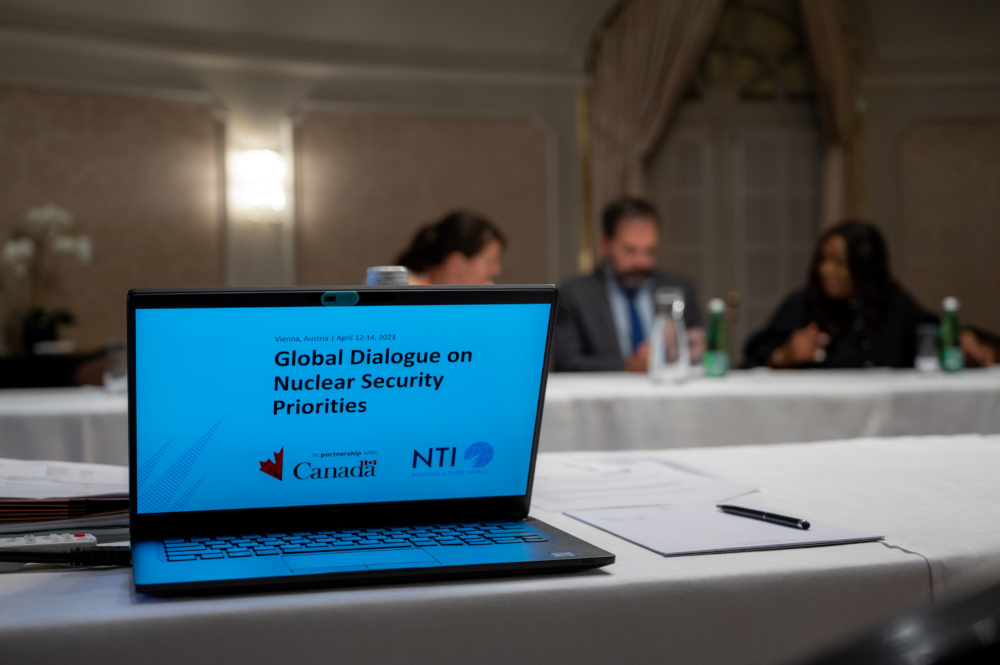
Sam Nunn
Co-Founder and Co-Chair, NTI
Thank you, Poppy, and I thank National Journal for sponsoring this policy forum.
In early January of 2001—the week we announced the launch of the Nuclear Threat Initiative—Howard Baker and Lloyd Cutler released a report on loose weapons-usable nuclear materials in the former Soviet Union. They declared it the greatest unmet threat to the United States, and Baker later told the Senate Foreign Relations Committee: “It really boggles my mind that … the world isn't in a near state of hysteria about the danger.”
From the beginning of NTI, securing nuclear materials and preventing catastrophic terrorism has been our major focus. In 2002, we worked with the State Department and contributed to a U.S.-Russia-Serbia effort to remove 100 pounds of highly enriched uranium from a poorly secured research facility near Belgrade.
Lessons learned from that important effort led to the creation of the Global Threat Reduction Initiative. As a result, the US Department of Energy, working closely with Russia and other countries, has removed or verified the disposal of more than 200 nuclear bombs’ worth of highly enriched uranium and plutonium, from dozens of countries. In addition, the U.S. and its partners have improved the security of enough material for hundreds more bombs, including a major effort in Kazakhstan.
It is important to emphasize that acquiring weapons or materials is the hardest step for nuclear terrorists to take and the easiest step for us to stop. By contrast, every subsequent step in the process—building the bomb, transporting it, and detonating it—is easier for the terrorists to take, and harder for us to stop. The bottom line: Securing nuclear materials at the source is the most effective, least expensive way to prevent nuclear terrorism, but of course, this is a very big challenge
Consider this chilling observation from Mohammed ElBaradei, former director general of the International Atomic Energy Agency: A large percentage of the nuclear materials reported as lost or stolen each year are never recovered, and perhaps worse, a large percentage of the materials that are recovered were never reported missing in the first place.
There is good news, however: In recent years, the world has focused more seriously on this threat. We have seen measurable progress through the Nuclear Security Summits that began in Washington in 2010 by President Obama, continued in 2012 in South Korea, and the third will be held this month in the Netherlands.
In the past two years since the last summit, seven countries have removed all or most of these dangerous nuclear materials from their territories. In addition, more than a dozen countries have taken steps to reduce their quantities and to better secure what they have.
We also can measure real progress over the last 20 years. In 1992, fifty countries around the globe had weapons-usable nuclear materials. Today, that number is down to 25. These are a few of the findings of NTI’s 2014 Nuclear Materials Security Index.
NTI’s Index, first launched in 2012 ahead of the summit in Seoul, is a unique in-depth assessment of nuclear materials security conditions in 176 countries. It assesses the 25 states with weapons-usable nuclear materials and 151 countries without them. The report encourages governments to take stronger action to secure dangerous materials and to assure their neighbors that they are doing so.
Let me focus on one important finding from our report that I hope gets front-burner attention at the Hague summit in a few days. Today, we do not have an effective global security system, based on common international standards, to protect dangerous nuclear materials.
This is in stark contrast to the strict standards in other risky global enterprises where public safety and security are at stake. For example, in aviation, countries set standards for airline safety and security through the International Civil Aviation Organization, which oversees state implementation of the standards and shares security concerns with member states. If a nation’s practices don’t meet these standards, its planes aren’t going to land in the other 191 member-states of the world.
Obviously, in an age of terrorism, the airline industry depends on this safety and security system for its economic viability, and countries depend on it to protect their citizens.
The question for world leaders: Shouldn’t the security of the most dangerous material on the planet have an equally effective global approach? My answer is an emphatic “Yes.”
I believe that our leaders must use the Hague Summit to seriously discuss and reach agreement on key principles for an effective and sustainable system. At the top of my list are four principles:
I am hoping that progress will be made in all these areas at the Hague Summit.
I look forward to hearing from our keynote speaker and members of our panel. As I’m sure most of you know, Liz is the president’s top advisor on weapons of mass destruction and WMD terrorism. We are delighted you could join us today, and we look forward to hearing from you.
Thank you.
Sign up for our newsletter to get the latest on nuclear and biological threats.
To make good on their COP28 pledge, countries need a new approach to building, regulating, and financing nuclear technology.
Lessons Learned from 10 Years of the Global Dialogue on Nuclear Security Priorities
The NTI Index is recognized as the premier resource and tool for evaluating global nuclear and radiological security.


